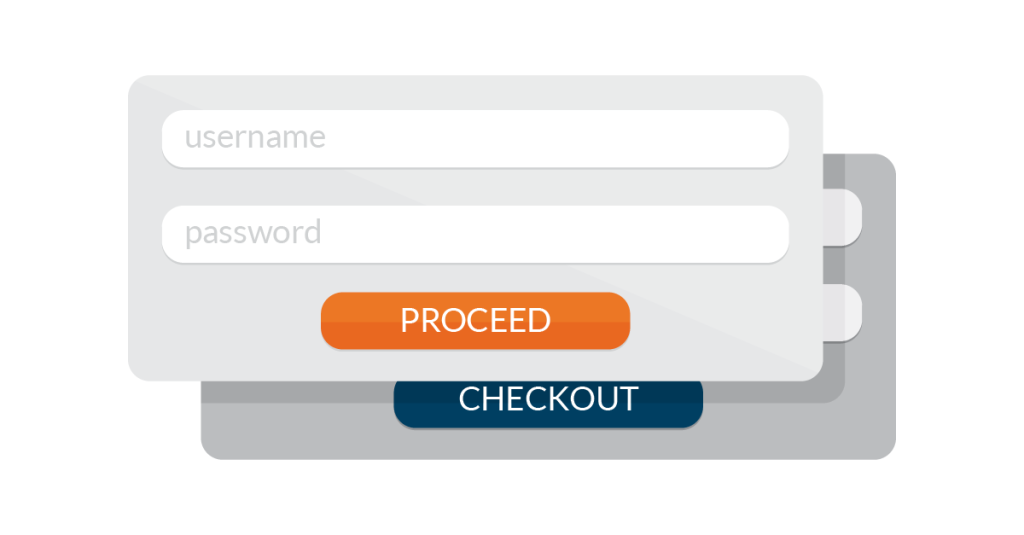How 3-D Secure Can Benefit Merchants Before the US Even Adopts It
EMV isn’t the only new technology in payments making its way to the United States. Visa and MasterCard are currently in the process of pushing an XML-based protocol called 3-D Secure to provide extra security. Visa developed the protocol and went to market under the name Verified by Visa. MasterCard later adopted it and named it SecureCode. Essentially, consumers have a password attached to their credit card for use with e-commerce transactions. When making a payment online, they’re directed to a pop-up that prompts them to enter their password, then they continue on with the transaction.
3-D Secure/SecureCode have been widely adopted in Europe already, and as EMV makes its way to the US we see it start to pop up here as well. And that’s a good thing, because it has some very important advantages:
Heightened security
First and foremost, this technology provides another layer of security for card-not-present (CNP) payments. As EMV starts to become implemented in the States, we should expect to see a surge in CNP fraud just like they did in Europe. In 2012 alone, CNP fraud surged over 21% in Europe. Since the US is pushing for adoption of EMV by October 2015, we’ll need to prepare for the same phenomenon. Linking a password to payment cards will do wonders to reduce the instance of fraud online because it allows the bank to verify cardholder data in real time.
Currently, consumers in the US aren’t signed up to link a password with their cards. However, merchants can still reap plenty of benefits by enabling 3-D Secure/SecureCode early.
Reduced interchange rates
Using 3-D Secure/Secure Code is a great way to reduce interchange costs, and allows merchants to save between 5 to 55 basis points per transaction on e-commerce and B2B transactions.
No more merchant liability
Yes, seriously. This is how Visa and MasterCard are incentivizing this new protocol in order to promote worldwide adoption. When 3-D Secure/SecureCode are in place, the consumer becomes liable for any fraud–not the merchant. That makes no more fraud-related chargebacks or hassle when something happens that is outside of the merchant’s control.
CardConnect’s solution
So if 3-D Secure/SecureCode aren’t implemented in the US yet, how can merchants still use it? Simple–optional pop-ups. When 3-D Secure/SecureCode is activated in the CardConnect Gateway, merchants can decide whether or not their customers are prompted to enter their password. There’s also a way to change this setting depending on what country the customer is in. That way, your customer from Leeds, England gets that additional layer of security while a transaction from Kansas City maintains the interchange savings and liability shift. Then once 3-D Secure/SecureCode starts to make its way to the US, the merchant can simply activate the pop-up for their customers in the States.
How are we able to do this? Our special relationship with Cardinal Commerce gives us the exclusive privileges to give merchants control over the authentication experience.
What other changes do you expect to see when the US adopts EMV? Let us know in the comments.


